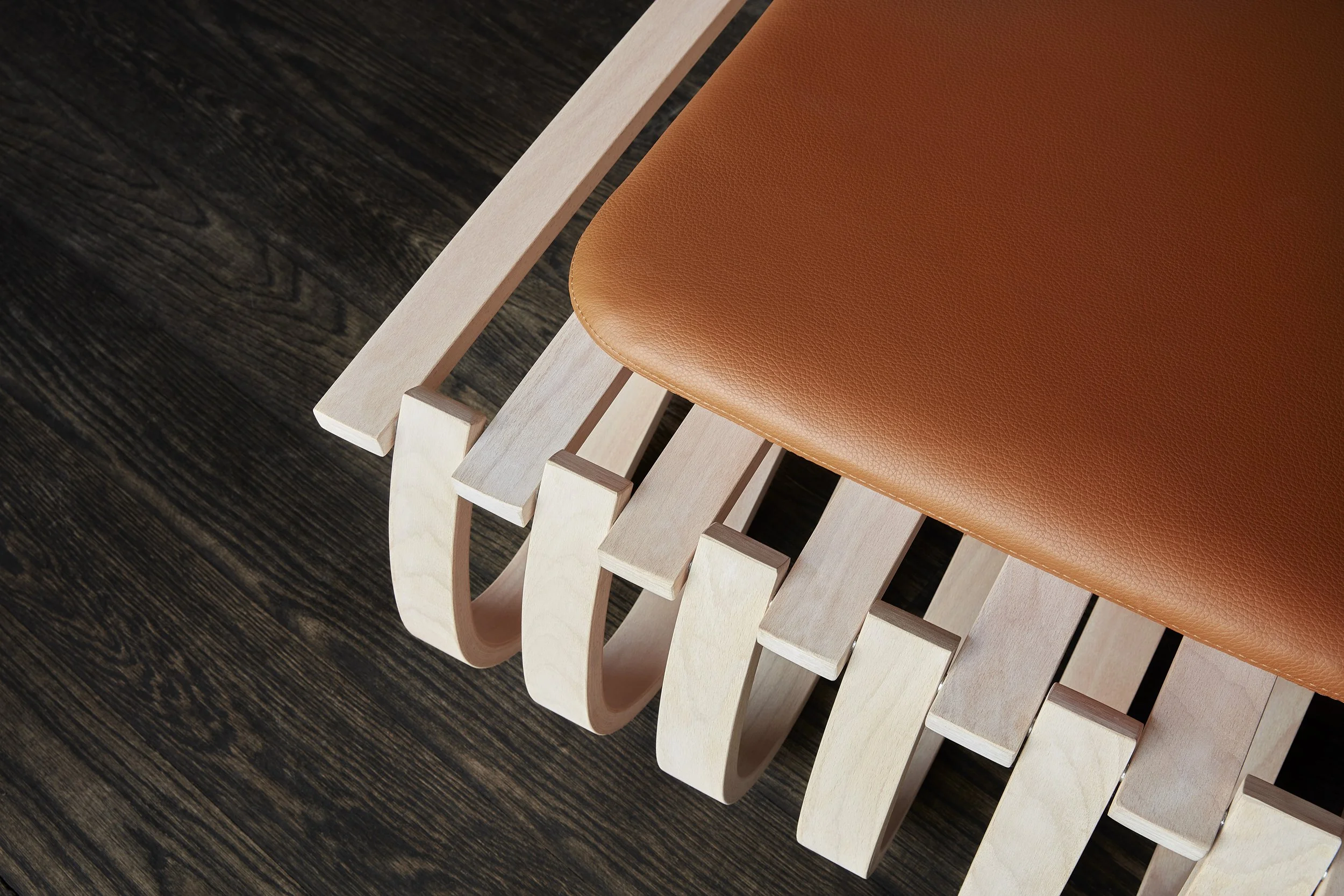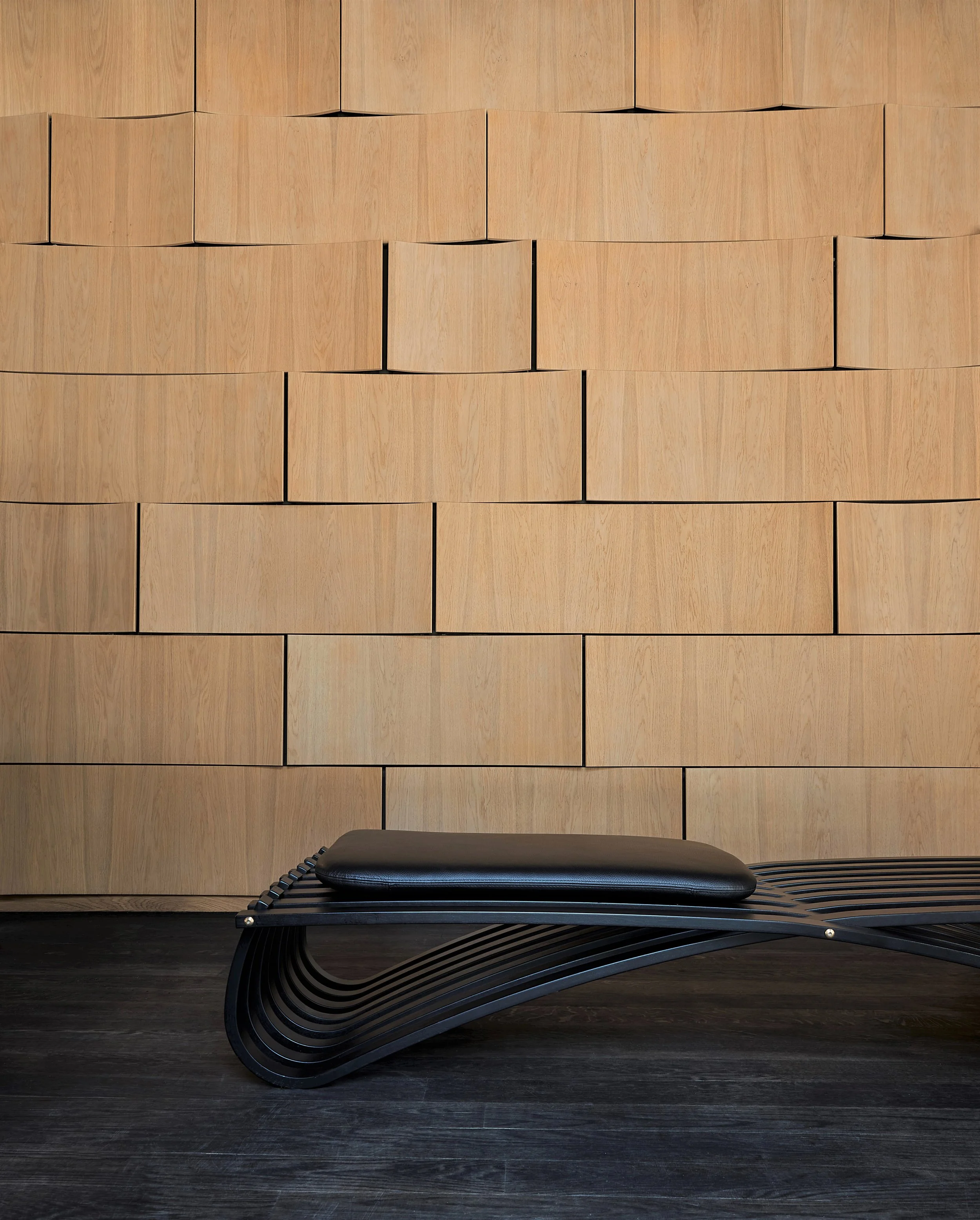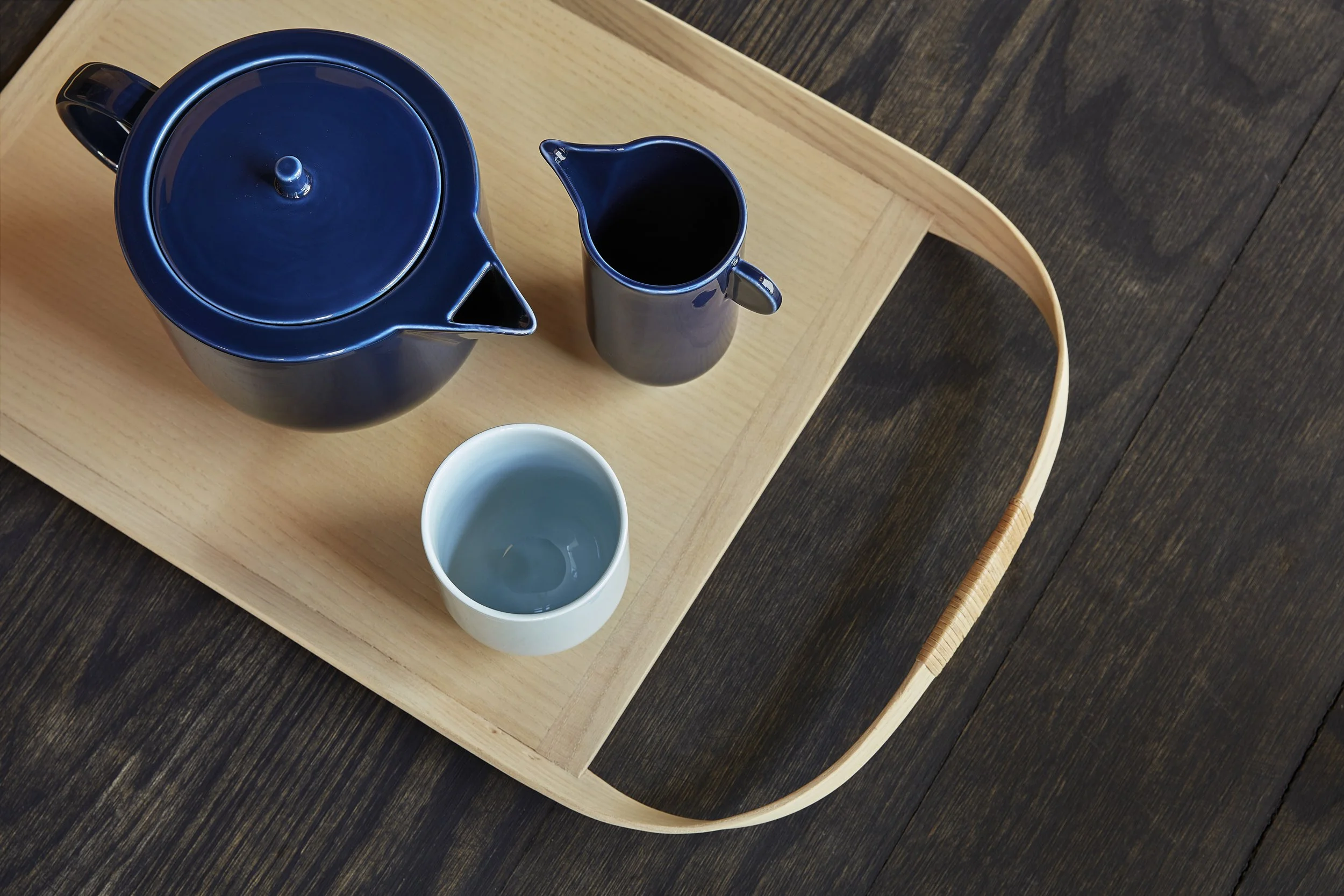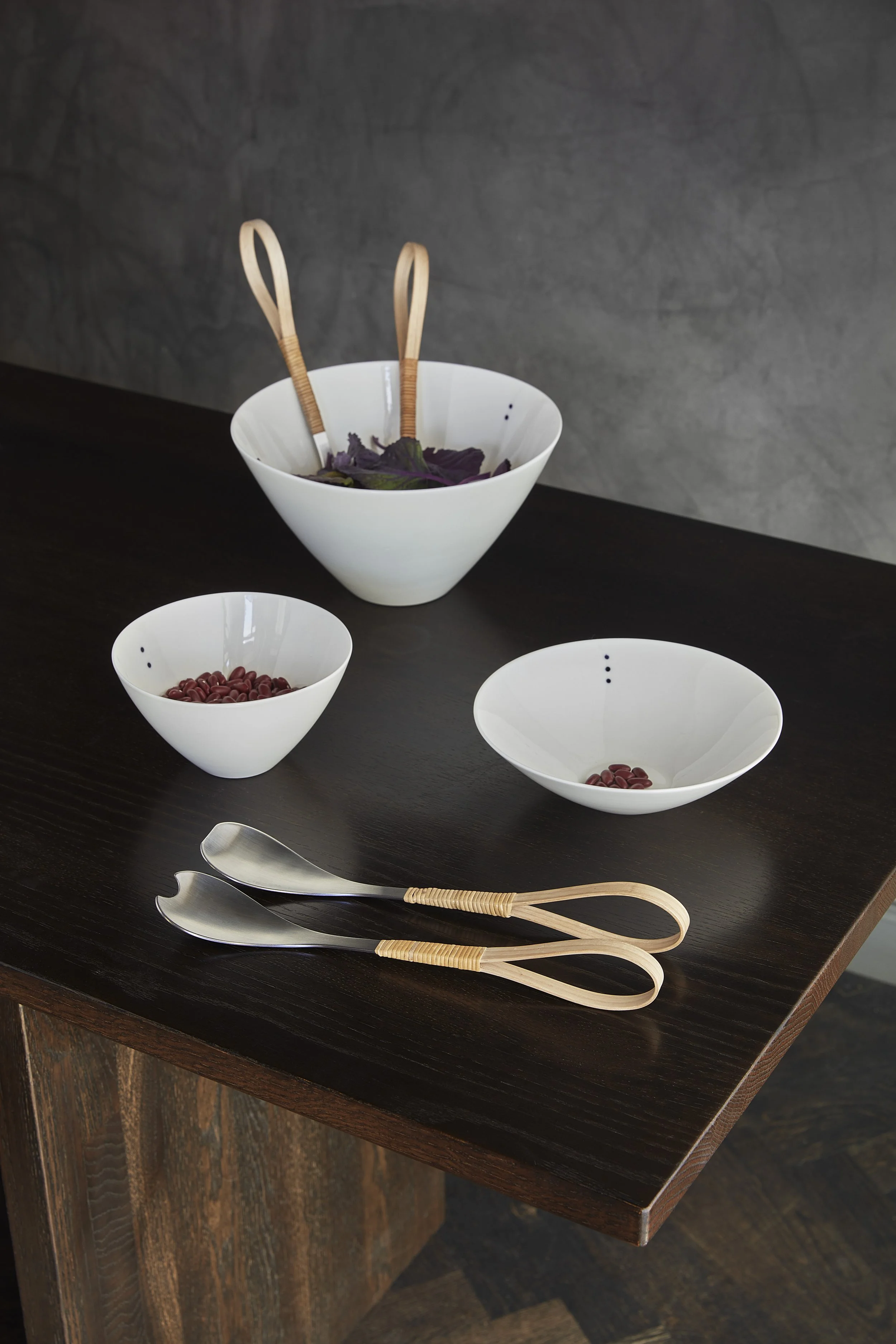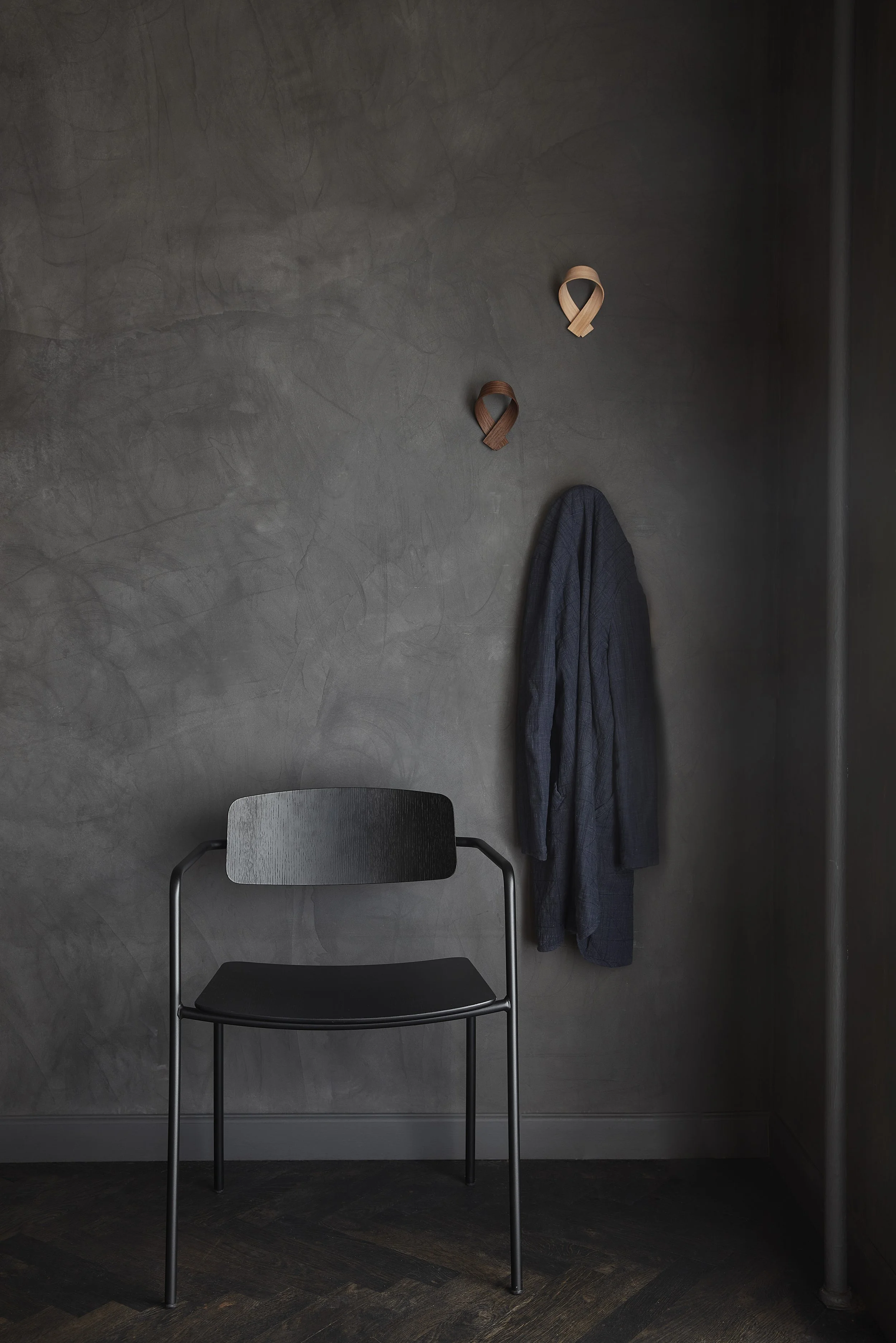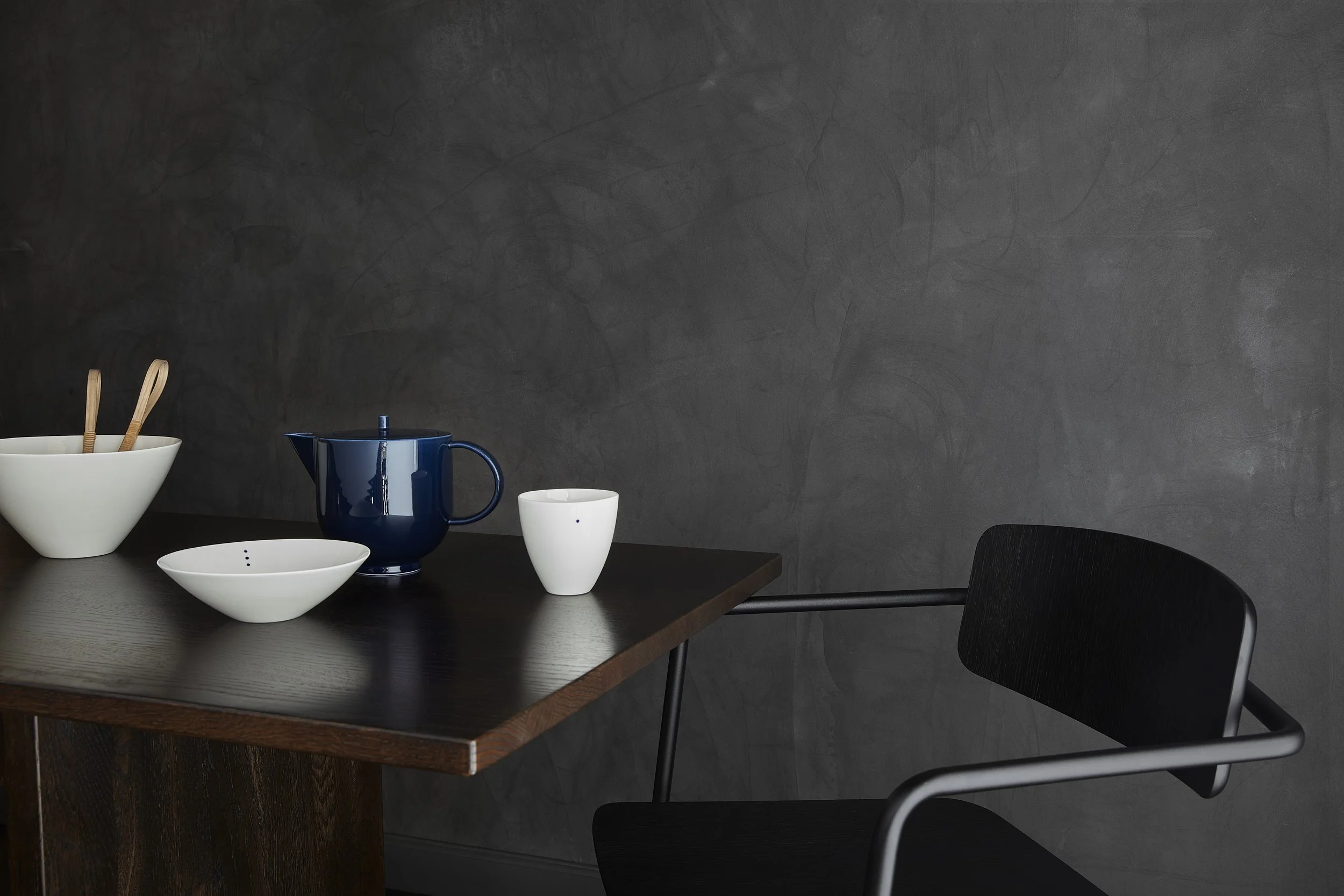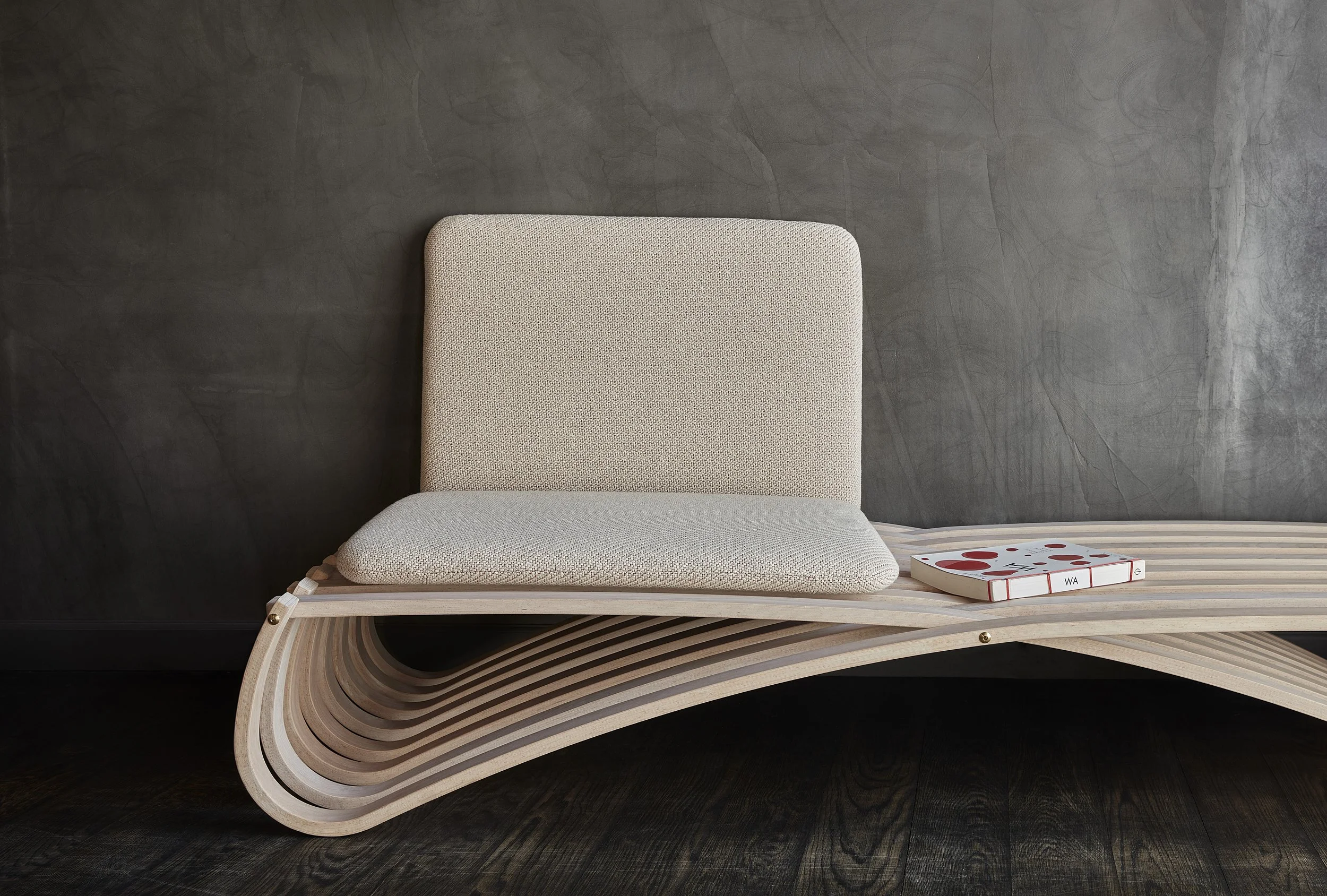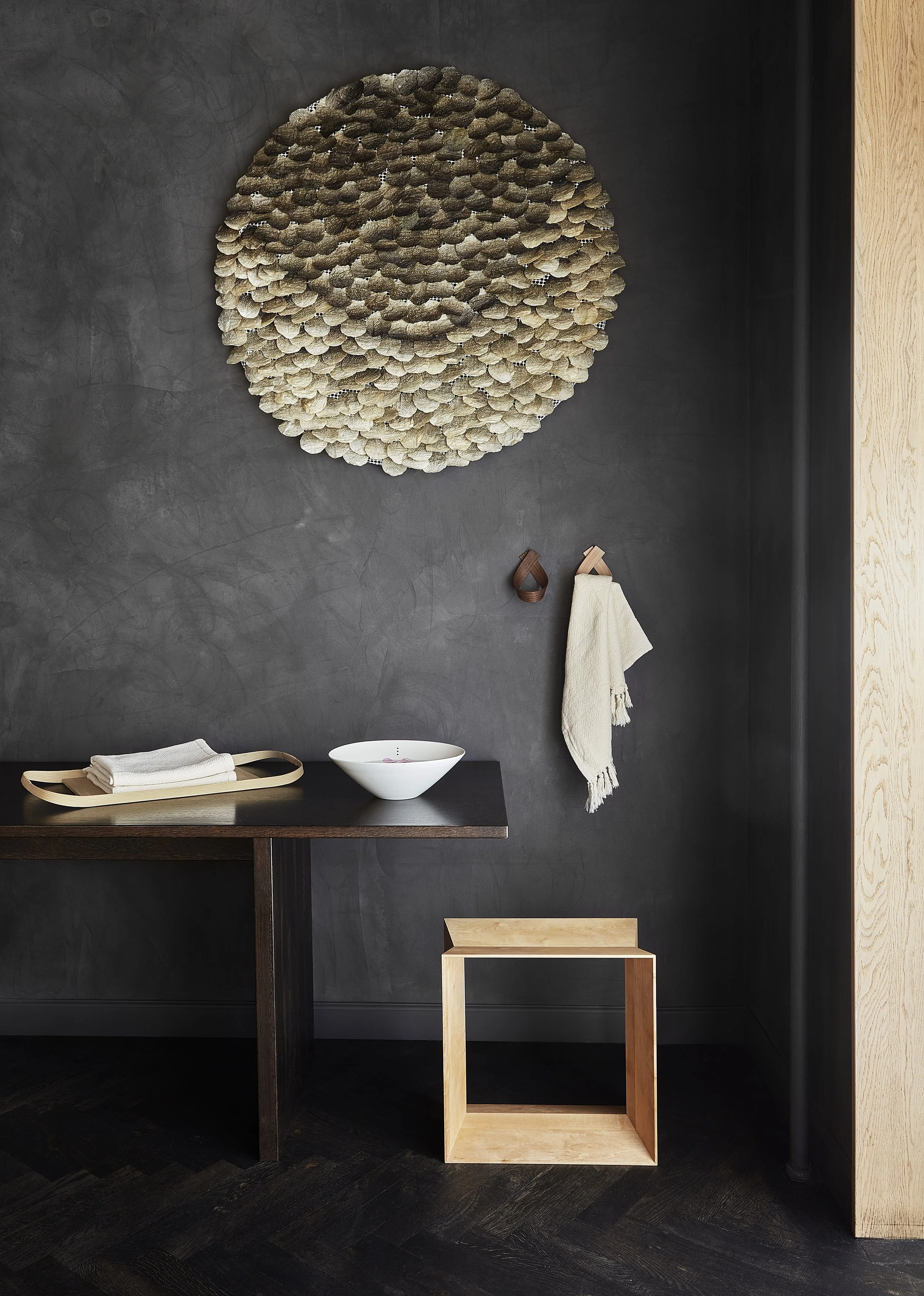Danish design has been highly influenced by Japanese design for over 150 years, since 1853 when Japan opened its borders towards the rest of the world after centuries of being closed. The design styles of the two countries are very similar, both focusing on simplicity, premium materials and craftsmanship.
Much like Nordic design traditions, Japanese design is often associated with minimalism. Japanese design seeks to eliminate unnecessary decorations and let the material and function of the furniture speak for itself. Ties to the past are very visible in contemporary Japanese design, with a profound respect for old traditions, craftmanship and ancient techniques. Focus of the design process is on simplicity and function. A piece of furniture should be as beautiful seen from the back as from the front. The natural surfaces of the materials are often the only décor on a design object. This simplistic approach derives from the idea that beauty is found in simple things, in less rather than more.
Less is definitely also more when it comes to Danish design. Clean lines and a love for materials are at the heart of Danish design. A product should first serve a purpose and aim to help solve a problem: form follows function. Factors such as a scarcity of raw material have led to a great respect for materials and a simplistic approach to design in Denmark as well as Japan. This means that any excess details are often eliminated in Danish design, letting the shapes and material of the product be the decoration in itself. The raw material stands out in its own right, and often the natural surface of a material such as the lines of the wood is emphasised as a key design element of the product.
